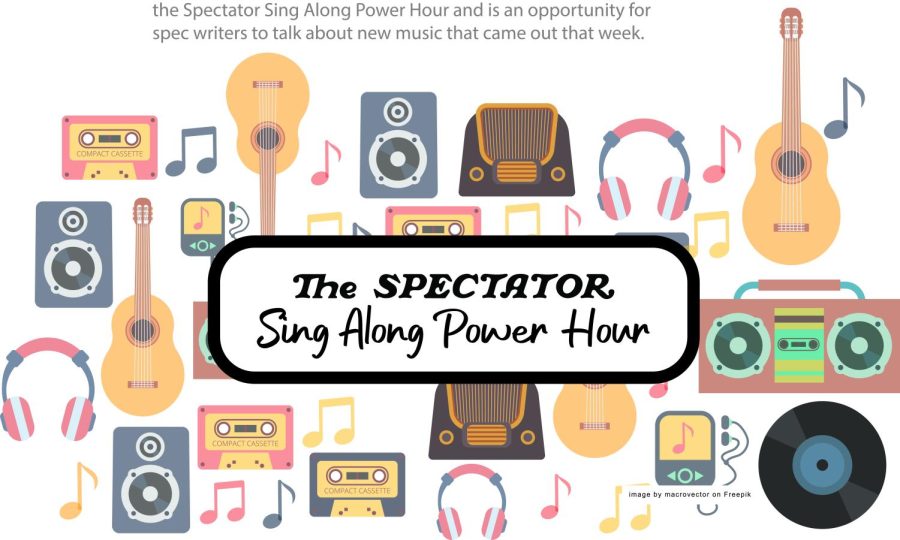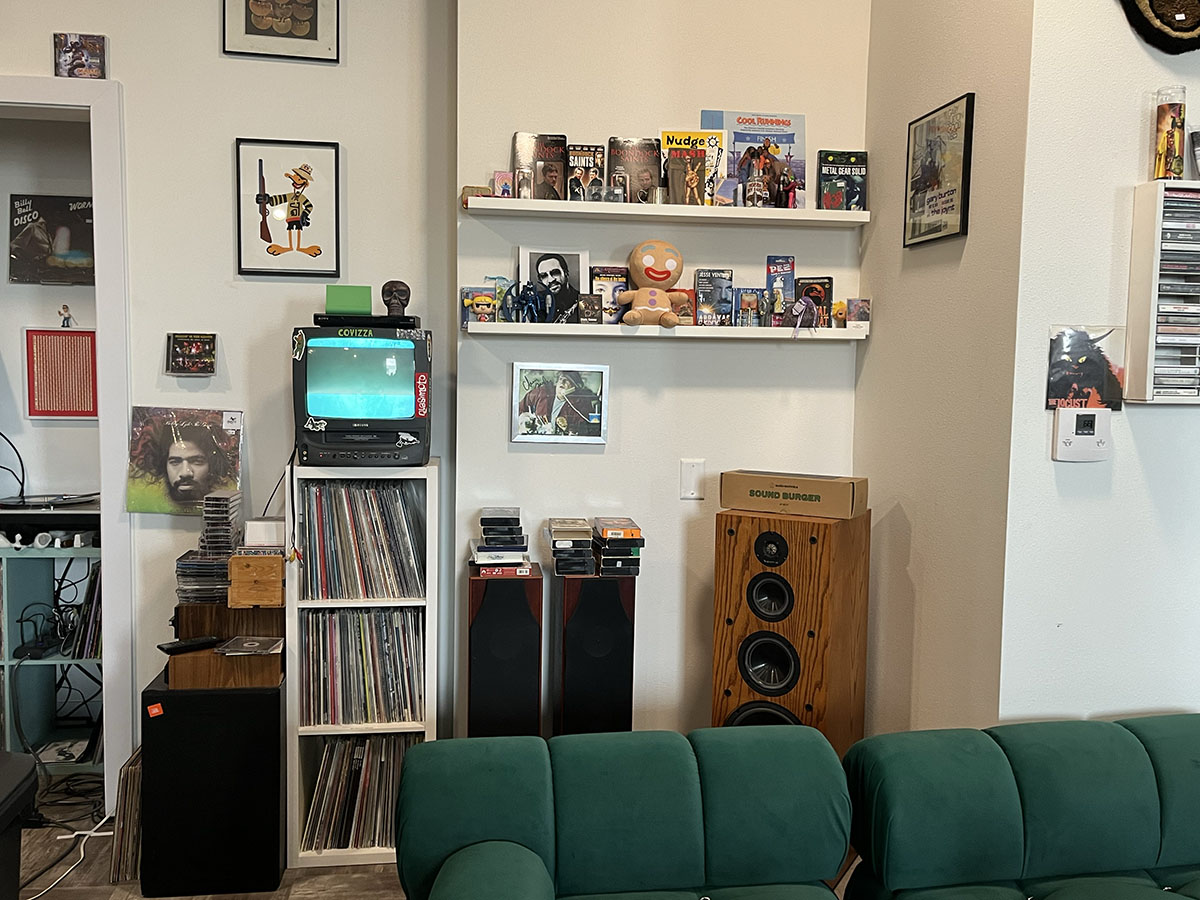Step to the side, Nintendo Wii. Sony just released their new motion technology for the PlayStation 3, PlayStation Move, and it appears to me that it’s here to stay.
Now, before you start thinking I’m just another Nintendo hater, I want to clarify that I am not. I grew up loving Super Nintendo, and the Nintendo 64 was the very first gaming system I ever owned.
Through the Xbox and PlayStation 2 craze, I was in the minority with a Nintendo GameCube. And I even waited outside with a friend at 4 a.m. for a Nintendo Wii, just so that I could get a chance to play one when they first came out.
I loved the Wii.
That is until now.
I was completely blown away by the PlayStation Move. It was almost hard to comprehend at first exactly what this new technology was capable of.
A system that actually mirrored your every action in a full sphere of motion was kind of hard to imagine. I have to admit I spent the first couple of minutes on the Move just playing around with controller and watching my character’s hand follow my every, well … move.

Since I just mentioned the controller, that’s where I will start.
The Move controller has numerous qualities that make it different than a Wii Remote. For one, it has a much smoother shape and fits more comfortably in my hand than the Wiimote.
Second, it has an internal rechargeable battery instead of the two AAs in the Wiimote, so it is also much lighter.
The one knock I had on the Move controller was that it didn’t have any type of navigation controls. Because of this, I had to get out the regular PS3 controller to navigate through the opening menus. Overall, though, the buttons that were on the Move controller were in much more logical (and comfortable) locations.
The most obvious difference between the two is the odd looking ball on top of the Move controller. At first, I thought it looked completely ridiculous, especially when I turned it on and the ball lit up in different colors.
The ridiculousness ended up being only an initial reaction, though; I assure you. When I realized the goofy light-up ball was used to create the spot-on motion recreation, I instantly forgot about it.
It’s truly hard to explain what I mean by spot-on motion recreation, but I’ll try my best to give it justice with words. I strongly encourage anyone reading this to try out Move for themselves if they get an opportunity.
The best way I can phrase it is that it can track all of your motion in a 3D sphere around your body.
With the Wii there is only a sensor bar and you must have the sensor in the Wiimote facing it at all times for anything to work. With the Move controller, it doesn’t matter where you point. Since the camera is calibrated specifically to each player before they play, it can tell exactly how you are moving, no matter where you are and what you’re pointing at.
This spot of recreation helps improve game play immensely. It allows the user to move how they actually would in real life. This lifelike feel is ultimately what made me think the PlayStation Move is a must-play.
An exact re-creation of my actions made all of the games I tried in Sports Champions fun, even the ones I least expected (especially archery … seriously).
I went back and tried the Wii after playing PlayStation Move and am sad to say it was kind of a drag. The phantom swings and restricted movements just seemed primitive.
Wii will undeniably and always be known as the originator, but Move ended up simply having better technology after more than three years of development.
At first, motion gaming seemed so innovative that nobody imagined it could get any better.
Well, it can.






